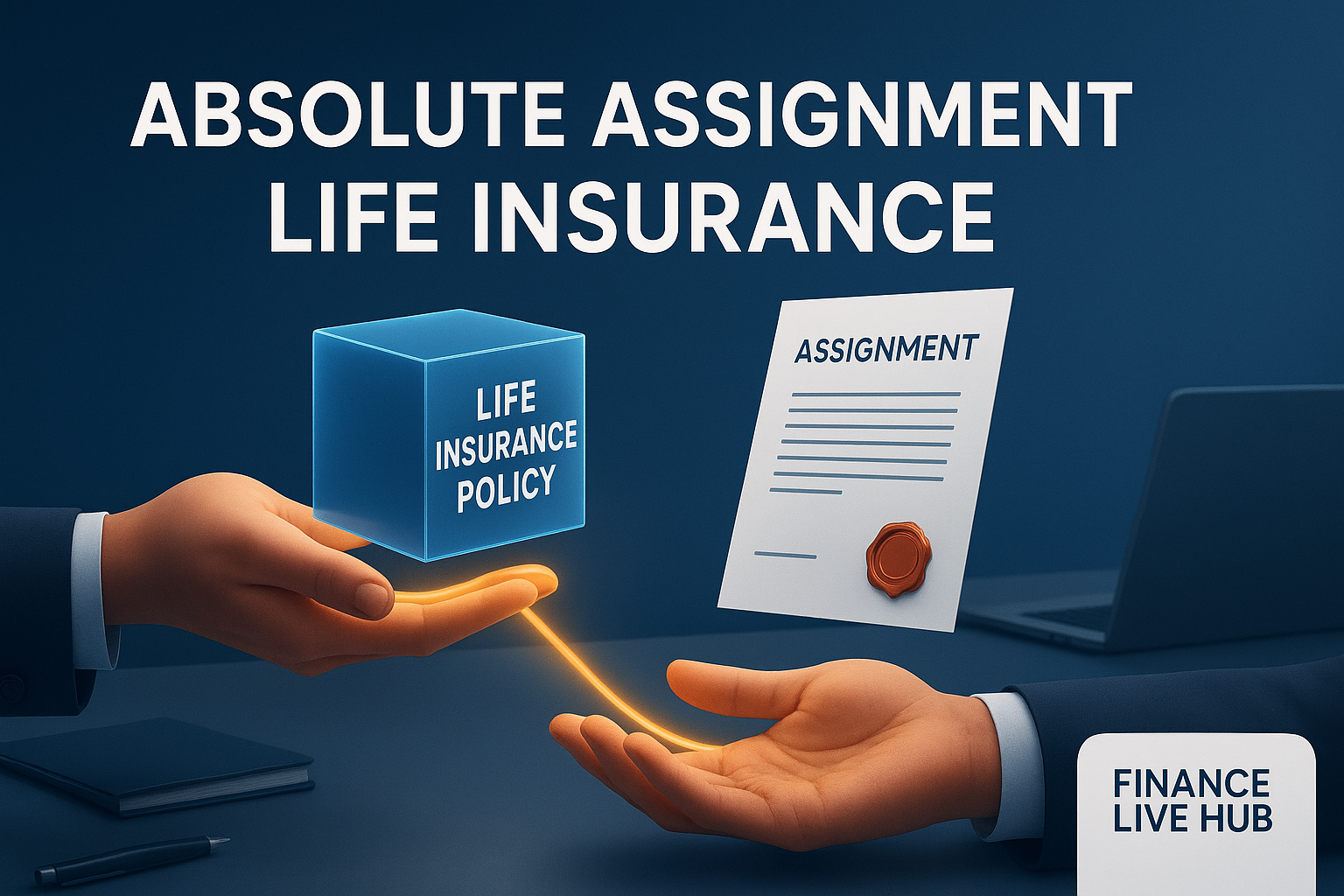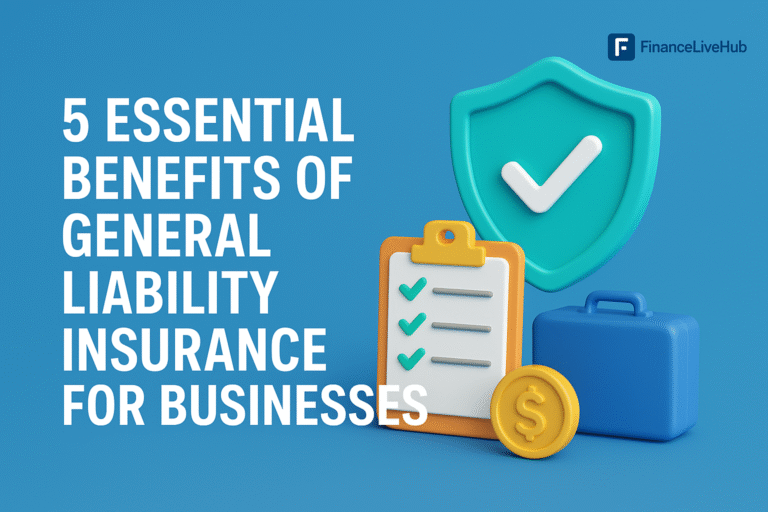Absolute Assignment Life Insurance is a powerful, yet often misunderstood, financial tool that allows a policyowner to permanently transfer all rights, title, and interest in their life insurance policy to another person or entity. Unlike other policy changes, this action is complete and irrevocable. Understanding this mechanism is crucial for anyone looking to leverage their life insurance for immediate financial needs, estate planning, or gifting.
This guide will walk you through every aspect of an absolute assignment, ensuring you have the knowledge to make an informed decision.
What is Absolute Assignment in Life Insurance?
At its core, an absolute assignment is the legal transfer of ownership of a life insurance policy. The original owner, known as the “assignor,” signs over all control of the policy to a new owner, called the “assignee.”
Once the assignment is complete and accepted by the insurance company:
-
The assignee becomes the new policy owner.
-
The assignee gains the right to change beneficiaries, take out loans against the cash value, and receive the death benefit.
-
The assignor gives up every single right to the policy forever. They cannot reverse the decision.
It is a definitive and permanent severance of ties between the original owner and the insurance policy. This is typically done using a standardized form provided by the insurance company, often called the “Absolute Assignment Form.”
How Does an Absolute Assignment Work? A Step-by-Step Breakdown
The process is methodical and requires careful attention to detail. Here’s how it typically unfolds:
-
Decision and Agreement: The policyowner (assignor) decides to transfer ownership and identifies the recipient (assignee). Both parties must be in agreement.
-
Obtain the Form: The assignor contacts their life insurance company to request the official Absolute Assignment form. It is vital to use the insurer’s specific form to ensure it is processed correctly.
-
Complete the Form: The form requires detailed information, including the policy number, the name and address of the assignor, and the name and address of the assignee. The assignor must sign the form, and the signature often needs to be notarized.
-
Submission: The completed, signed, and notarized form is sent to the life insurance company’s administrative office for processing.
-
Verification and Confirmation: The insurance company reviews the form for accuracy. Once approved, they update their records to reflect the new owner. They will then send a written confirmation to both the assignor and the assignee, finalizing the transfer.
Absolute Assignment vs. Collateral Assignment: What’s the Difference?
This is a critical distinction. People often confuse these two terms, but they serve entirely different purposes.
-
Absolute Assignment: This is a permanent and complete transfer of ownership. The assignor has zero future claim to the policy. It is like selling your car; you no longer own it or have any say in what happens to it.
-
Collateral Assignment: This is a temporary and partial transfer of rights. It is used as security for a loan. The policy is “assigned” to a lender (e.g., a bank) who has a claim to the policy’s cash value or death benefit only up to the amount of the outstanding loan. Once the loan is repaid, the assignment is released, and full control reverts to the policyowner. It is like using your car as collateral for a loan; you still own it, but the lender has a claim if you default.
Understanding this difference is essential to avoid accidentally giving away your policy forever when you only meant to use it as temporary security.
Top 5 Reasons to Consider an Absolute Assignment
Why would someone willingly give up all rights to their life insurance? There are several strategic reasons.
To Secure a Loan
While a collateral assignment is more common, some private lenders may require an absolute assignment as a condition for a personal or business loan. This gives them absolute certainty and control over the asset, securing the debt.
To Pay for Long-Term Care
An elderly policyowner might no longer need a death benefit but needs funds to pay for assisted living or nursing home care. They can absolutely assign their policy to a company that specializes in life settlements in exchange for a lump-sum cash payment, which is often greater than the cash surrender value.
To Settle an Estate
To simplify an estate or to provide a specific heir with a valuable asset without going through probate, a policyowner might assign a policy directly to them.
To Gift a Policy to a Loved One
A parent may have purchased a policy for a child and, once the child is an adult, chooses to formally assign ownership to them. This can also have potential estate tax advantages, as the policy’s value is removed from the parent’s taxable estate.
To Get an Immediate Payout via a Viatical Settlement
A terminally or chronically ill policyholder (viator) can absolutely assign their policy to a viatical settlement provider. In return, they receive an immediate lump-sum payment, which is typically a percentage of the death benefit. This money can be used for medical treatments, quality-of-life improvements, or any other need. The Viaticus Association provides resources on this process.
The Major Risks and Disadvantages of an Absolute Assignment
The power of this tool comes with significant and irreversible risks.
The Decision is Irreversible
This is the most important point. Once the insurance company processes the absolute assignment, you cannot change your mind. The assignee is under no legal obligation to return the policy to you.
You Relinquish All Control
The new owner can change the beneficiary, take out loans, surrender the policy for cash, or let it lapse—all without your knowledge or consent. If you assign the policy to a lender and later pay off the loan, you have no legal standing to get the policy back unless a separate agreement is in place before the assignment.
Potential Tax Implications
The IRS may view an absolute assignment as a taxable event. If the policy’s cash value exceeds the premiums you’ve paid (your cost basis), you could be liable for income tax on the gain. Furthermore, if the assignment is considered a gift and its value exceeds the annual gift tax exclusion, you may need to file a gift tax return. It is highly recommended to consult with a tax advisor or a Certified Financial Planner (CFP®) before proceeding. You can find a qualified professional through the CFP Board website.
The Absolute Assignment Process: How to Do It Correctly
If you’ve weighed the pros and cons and decided to proceed, follow these steps to protect yourself:
-
Consult Professionals: Speak with your financial advisor, tax accountant, and an attorney. Their guidance is invaluable.
-
Get Everything in Writing: If this assignment is part of a larger agreement (e.g., a loan), ensure the terms are detailed in a separate legal contract. This contract should state what happens if the loan is repaid.
-
Use the Correct Form: Insist on using the official form from your specific insurance carrier.
-
Ensure Notarization: Do not skip the notarization step. It prevents disputes about the signature’s authenticity.
-
Keep Records: Keep copies of the completed form, the cover letter you sent to the insurance company, and the confirmation you receive back.
Frequently Asked Questions (FAQs)
Q: Can a beneficiary be changed after an absolute assignment?
A: Yes, but only by the new policyowner (the assignee). The original owner no longer has any authority to make changes.
Q: Does the assignee have to pay the premiums after an absolute assignment?
A: Yes. Once the assignee becomes the owner, they are responsible for all future premium payments to keep the policy in force.
Q: Can an absolute assignment be contested?
A: It is very difficult to contest once processed. Contesting would require proving fraud, duress, or a significant error in the process, which would likely require litigation.
Q: Is the death benefit still income tax-free for the beneficiary?
A: Generally, yes. Life insurance death benefits are typically received income tax-free by the beneficiary, regardless of who owned the policy prior to the insured’s death. However, the original transfer itself might have had tax consequences for the assignor.
Final Verdict: Is an Absolute Assignment Right for You?
Absolute Assignment Life Insurance is not a decision to be made lightly. It is a definitive financial maneuver that severs your ties to a valuable asset permanently.
It can be an excellent strategy in specific circumstances: securing a necessary loan, accessing funds for critical care through a viatical settlement, or efficiently transferring wealth. However, the risks of irrevocability and loss of control are immense.
You should only consider this path after thorough consultation with independent financial and legal experts who can review your entire situation. Never sign an Absolute Assignment form under pressure or without fully understanding that you are saying goodbye to your policy for good.












